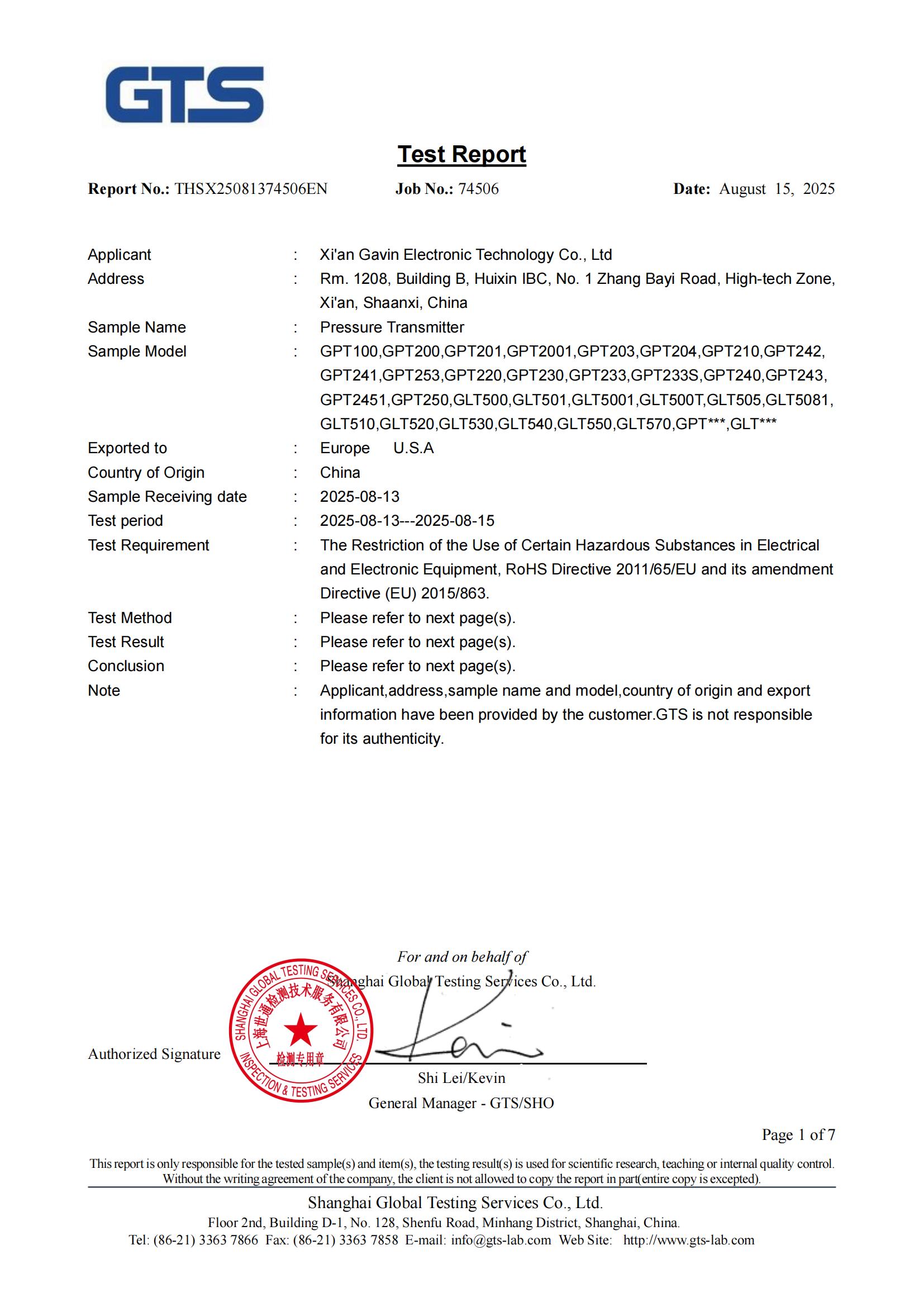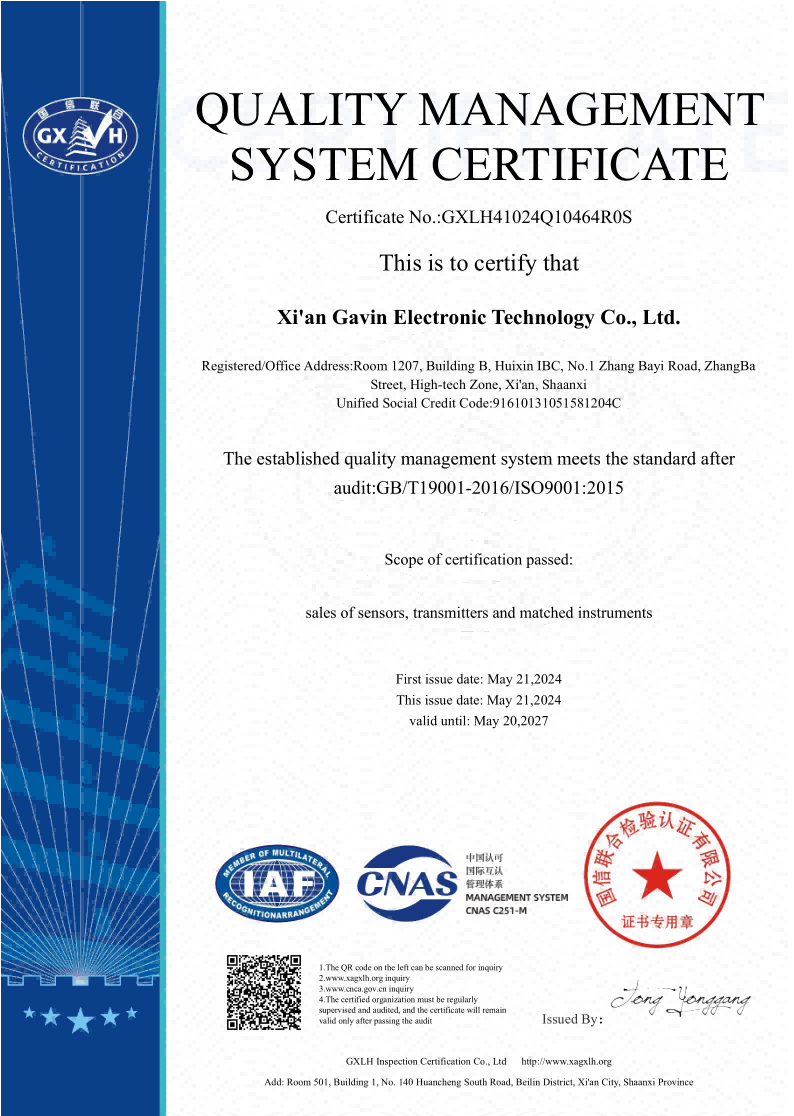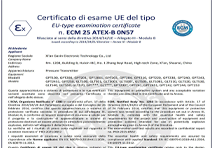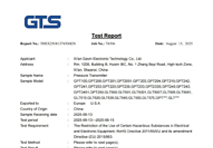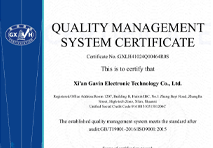Pressure Sensor VS Pressure Transmitter: Are They the Same Thing?
Key Differences Between Sensors and Transmitters
In the world of industrial measurement and control, pressure sensors and pressure transmitters play crucial roles. But are they interchangeable terms? At GAMICOS, we specialize in developing and manufacturing high-quality pressure measurement solutions for diverse industries. Our GPT200 general pressure transmitter, featuring a diffused silicon pressure sensor, exemplifies our commitment to precision and reliability. With a customer-oriented approach and extensive experience serving clients in 98 countries, we offer customized solutions, professional technical support, and comprehensive after-sales service.
Key Differences Between Sensors and Transmitters
While pressure sensors and pressure transmitters are closely related, they serve distinct functions in measurement systems. Understanding these differences is crucial for selecting the right device for your application.
What Is Pressure Sensor?
A pressure sensor is the core component responsible for detecting pressure changes in gases or liquids. These devices convert physical pressure into an electrical signal, typically in millivolts. Pressure sensors come in various types, including piezoresistive, capacitive, and optical sensors. Each type utilizes different principles to measure pressure accurately.
What Is Pressure Transmitter?
A pressure transmitter, on the other hand, is a more comprehensive device that incorporates a pressure sensor as its primary sensing element. Transmitters include additional components such as signal conditioning circuitry, output circuitry, and protective housing. These elements work together to amplify, process, and standardize the sensor's output signal for long-distance transmission and easy integration with control systems.
Functionality and Output Differences
The primary distinction lies in their functionality and output. Pressure sensors generate raw, often weak electrical signals that require further processing. In contrast, pressure transmitters provide a complete measurement solution, outputting standardized signals (e.g., 4-20mA, 0-10V) that can be directly used by monitoring and control systems without additional signal conditioning.
How Pressure Sensors Convert Force into Signals?
The process of converting physical pressure into an electrical signal is a fascinating aspect of pressure sensor technology. Understanding this conversion is key to appreciating the role of pressure sensors in various applications.
Principles of Pressure Sensing
Pressure sensors utilize various physical principles to detect pressure changes. For instance, piezoresistive sensors, commonly used in many applications, rely on the piezoresistive effect. This effect causes a change in electrical resistance when the sensor material is subjected to mechanical stress from applied pressure.
Signal Generation in Pressure Sensors
When pressure is applied to a sensor, it causes a deformation in the sensing element. This deformation results in a change in electrical properties, such as resistance or capacitance, depending on the sensor type. The change is then converted into an electrical signal, typically in the millivolt range, proportional to the applied pressure.
From Raw Signal to Usable Output
The raw signal from a pressure sensor is often too weak or unstable for direct use in control systems. This is where the additional components in a pressure transmitter come into play. The transmitter amplifies the signal, compensates for temperature effects, and converts it into a standardized output format suitable for industrial applications.
Choosing the Right Device for Your Application
Selecting between a pressure sensor and a pressure transmitter depends on various factors related to your specific application requirements. Consider these aspects when making your choice.
Application-Specific Considerations
The choice between a pressure sensor and a transmitter often depends on the application's complexity and the measurement environment. For simple, localized measurements where signal processing can be handled externally, a standalone pressure sensor might suffice. However, for industrial applications requiring robust, long-distance signal transmission or integration with complex control systems, a pressure transmitter is typically the better choice.
Performance and Accuracy Requirements
Pressure transmitters generally offer higher accuracy and stability compared to standalone sensors. This is due to their built-in signal conditioning and compensation capabilities. If your application demands high precision and long-term stability, a pressure transmitter like GAMICOS's GPT200 would be an excellent choice. Our transmitters undergo rigorous testing and calibration to ensure top-notch performance across various conditions.
Environmental and Installation Factors
Consider the environmental conditions where the device will be installed. Pressure transmitters, with their protective housings and robust construction, are better suited for harsh industrial environments. They can withstand extreme temperatures, vibrations, and potentially corrosive substances. Additionally, transmitters offer easier installation and integration with existing systems, thanks to their standardized outputs and variety of process connections.
Conclusion
In conclusion, while pressure sensors and pressure transmitters are related, they serve different purposes in measurement applications. Pressure sensors are the fundamental sensing elements, while transmitters provide a complete measurement solution with signal processing and standardized outputs. Understanding these differences is crucial for selecting the right device for your specific needs.
Whether you require a basic pressure sensor or a sophisticated pressure transmitter, GAMICOS offers a wide range of solutions to meet your measurement needs. Our expertise in pressure measurement technology, coupled with our commitment to quality and customer satisfaction, ensures that you'll find the perfect solution for your application.
GAMICOS: Your Trusted Pressure Measurement Solution Provider
At GAMICOS, we pride ourselves on being a leading pressure sensor supplier and manufacturer. Our GPT200 general pressure transmitter exemplifies our commitment to excellence, featuring a high-performance diffused silicon pressure sensor and advanced signal processing capabilities. With our extensive experience in serving diverse industries across 98 countries, we understand the unique challenges of pressure measurement in various applications.
Our customer-oriented approach, coupled with our robust R&D capabilities, allows us to offer tailored solutions that meet your specific needs. From wireless pressure monitoring for long pipelines to hygienic sensors for the food industry, GAMICOS has the expertise and product range to address your pressure measurement challenges. Contact us at info@gamicos.com to discover how our pressure measurement solutions can enhance your operations.
References
1. Johnson, A. R. (2021). "Principles of Pressure Measurement in Industrial Applications." Journal of Instrumentation Engineering, 45(3), 215-230.
2. Smith, B. L., & Thompson, C. D. (2020). "Comparative Analysis of Pressure Sensors and Transmitters in Process Control." Industrial Measurement Systems Review, 18(2), 102-118.
3. Lee, S. H., et al. (2022). "Advancements in Pressure Sensing Technologies for Smart Manufacturing." Sensors and Actuators A: Physical, 330, 112842.
4. Martinez, R. G. (2019). "Selection Criteria for Pressure Measurement Devices in Chemical Processing." Chemical Engineering Progress, 115(9), 38-45.
5. Wong, K. F., & Chen, Y. T. (2023). "IoT-Enabled Pressure Monitoring Systems: A Review of Current Technologies and Future Trends." IEEE Sensors Journal, 23(5), 4521-4537.

Eva
Eva specializes in bridging the gap between cutting-edge sensor technology and market needs. With 8 years of experience in industrial product marketing, she has successfully launched multiple sensor product lines—from pressure transmitters to fuel level sensor—into global markets.
We're here to help — submit your request anytime!
Let us know how we can help solve your pressure level measurement challenge.
Recommended Blog
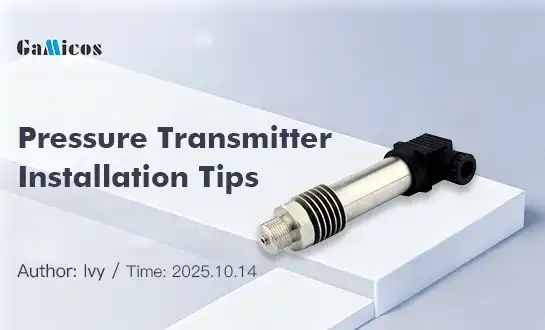
What should I pay attention to when installing a pressure transmitter?
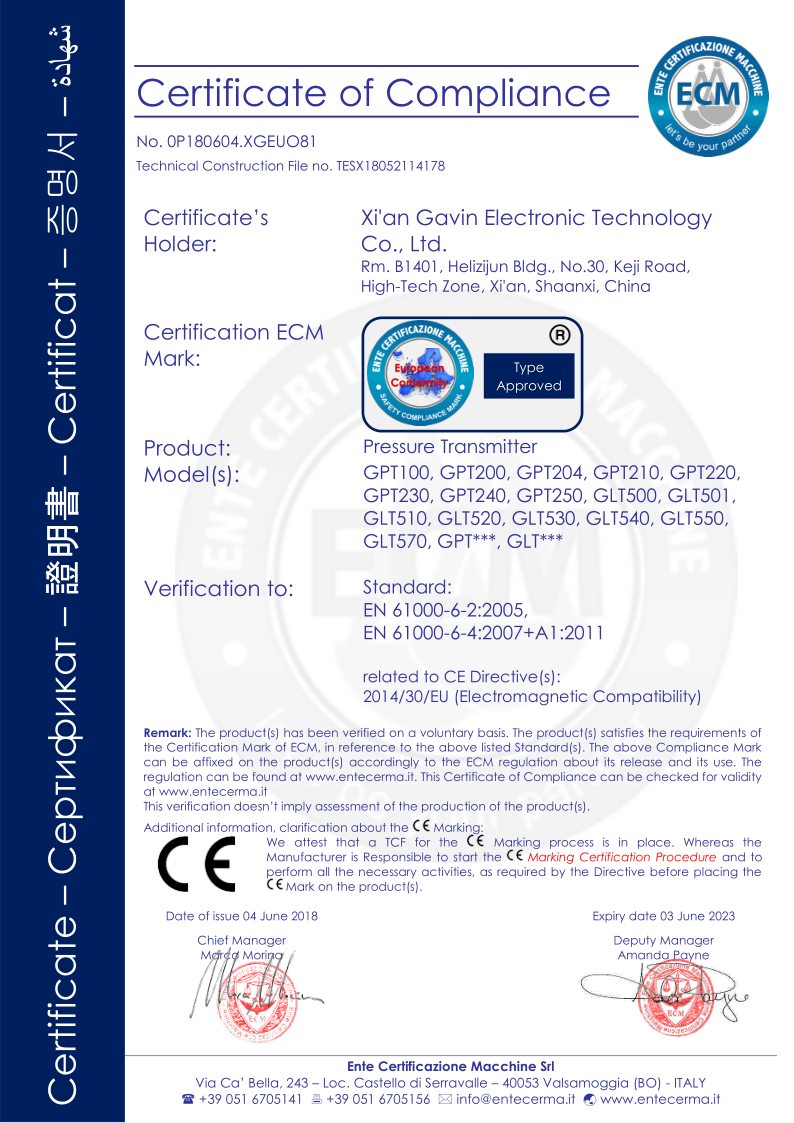
_1757930850792.jpg)
